The Prison Maze located in a former Royal Air Force base, 20 km south from Belfast, was believed to be the best secured facility of this type in Europe. However in 1983 as many as 38 prisoners managed to escape, what went down in the Great Britain history as the biggest prison break ever. How did it happen?
There was good cause for the maximum security prison in the Northern Ireland to be called the best secured in Europe. The whole facility was surrounded by almost 5 kilometres long wall with barbered wire. Each of the cell blocks, which were arranged in H letter, was additionally secured with 5,5 metres long reinforced concrete barrier with steel bars. There were CCTV cameras all along the prison walls and also inside of the buildings. Prison gates were made of solid materials and were controlled electronically. Above the facility there were steel wires to prevent prisoners from escaping using e.g. a helicopter. A lone prisoner stood no chance of escaping but a group of them could success.
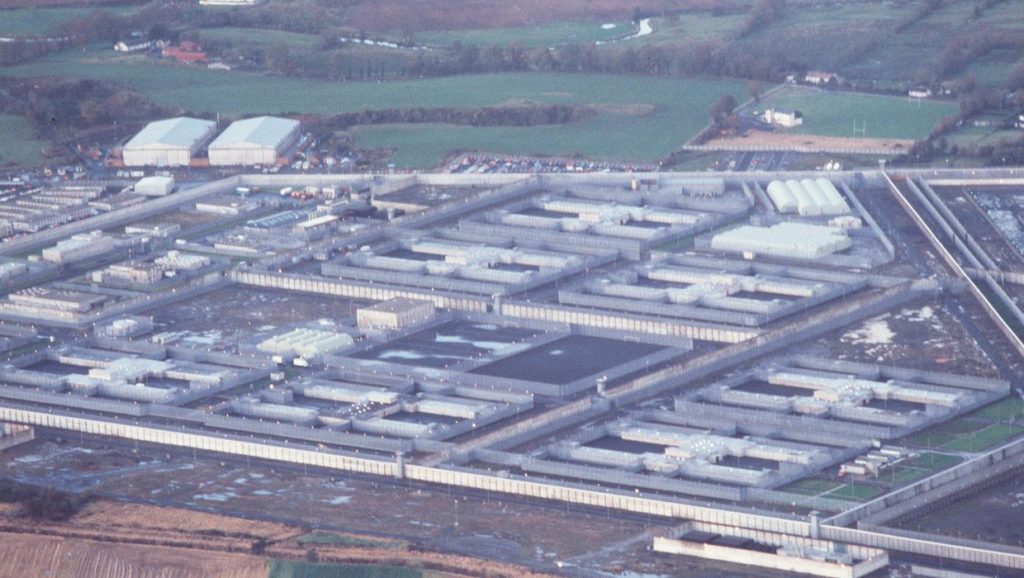
Maze Prisoners
The Northern Ireland institution was different from other prisons, both in terms of its structure and security systems as well as inmates themselves. It would be hard to find there an inmate sentenced for petty crimes like assault, robbery and alike. The majority consisted of Irish nationalists, members of the Irish Republican Army (IRA) or paramilitary organisations. All inmates were connected to the ethic and political conflict taking place in Ireland.
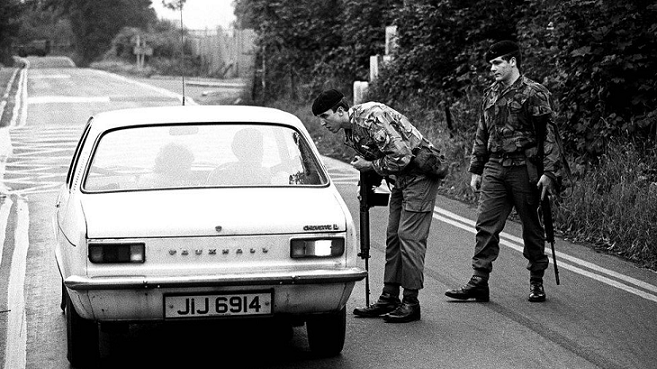
A large group of convicts was demanding special treatment, because they did not consider themselves criminals but political prisoners. In 1972 a politician William Whitelaw accepted their demands and granted a status of ‘Special Category‘ to 1100 prisoners. It allowed them for higher number of visits, food parcels or wearing their own clothes. Unfortunately for the captives this special treatment did not last long. It ended in 1976, the ‘Special Category‘ prisoners were moved to the new H-Blocks where there were treated as ordinary criminals. It gave rise to a wave of protests ‘ inmates were destroying furniture in cells, refusing to leave their cells, take a shower and such. There was also a hunger strike which resulted in death of one prisoner after 66 days.

The escape
Although breakout from this place may have seemed impossible, the group of 38 IRA members decided to try their luck. They could have tried to go over the prison walls or dig a tunnel under them but instead of being obvious they chose the main gate. They used an old lorry that delivered food supplies as it was never checked by the prison guards. They knew its driver, he was one of the key elements of their plan. These inmates tried to develop friendly relationship with the guards for a long time by engaging in casual conversations on various topics and gradually dulling their vigilance and getting to know their habits. The first fundamental step of the plan was taking control over their H7 block. Prisoners were placed in the wings of each building, at the ends of H letter. Inside of it was the main command centre and taking control over it would mean having control over the whole block.
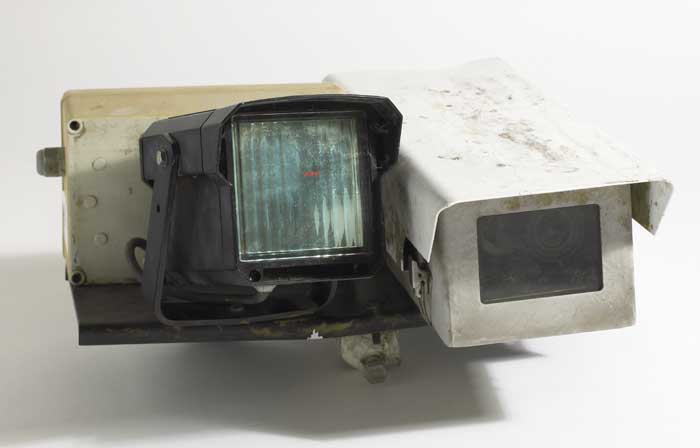
25 September 1983
It was Sunday. It was chosen deliberately as during that day there were no visits and prisoners were not moved, unless they required medical attention in a hospital. Nobody was working or playing as Sunday was the holy day also inside the Maze walls.
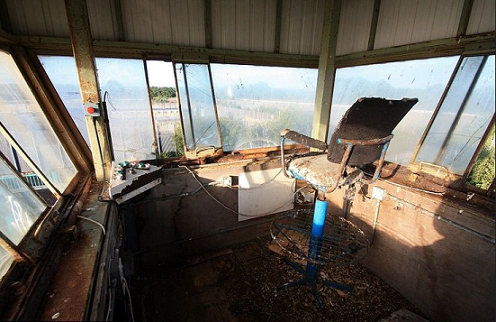
6 out of 38 escapees had weapon which was smuggled from the outside. They got to block 7, where they locked 4 guards in one room. One of them had to get to the electronic system control room, what would allow them to get out of the block. The guard in charge of the system was shot in the head, but he survived. Prisoners tied guards together so that they could not move, some of them were forced to take off their uniforms, one of the guards died of a heart attack. All of this was done without setting off any alarm.
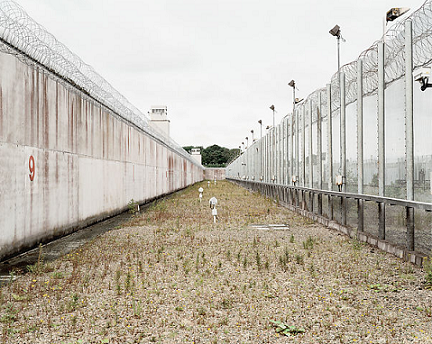
The next phase was capturing the lorry with its driver. They could not drive the vehicle because guards would immediately know something was wrong. When it finally appeared, one of the men pointed a gun at the driver and told him that the whole block was under their control and he would be shot, if he disobeyed. 37 escapees hid at the back of the lorry, the last one was laying in the legs of the driver with his gun pointing at him and the driver knew that he would be dead, if anything went wrong.
Then there was the guardroom – 10 prisoners dressed as guards entered it and took hostages. A guard managed to set off the alarm and after a few moments a telephone rang. One of the guards was compelled to answer it and say that the alarm was initiated by a mistake. It was however getting more and more troublesome to occupy the guardroom as new guards were coming to start their shift. It was hard to control them and a fight started inside the building. After some struggle and a few tries the main gate was opened, what triggered another alarm. A few guards blocked the way with their cars, what forced the prisoners to leave the lorry behind and continue their escape on foot. During the whole operation 20 guards were wounded and only 3 prisoners were caught, 35 got away. This was the biggest prison break in the history of Great Britain.
During the next couple of months 19 escapees were caught, the rest of them was transported by IRA to safe places, some went as far as the US, where they stood long trials concerning their extradition. Only 3 out of 38 former prisoners were never found.
The Maze Prison was closed in 2000 and supposed to be demolished in 2006, but 7 years later it was decided that it would be turned into a peace centre. Interestingly enough, the designer of the centre is an architect of Polish origin Daniel Libeskind, who was born in ?‘d?. He was also one of the architects that created the World Trade Center site.






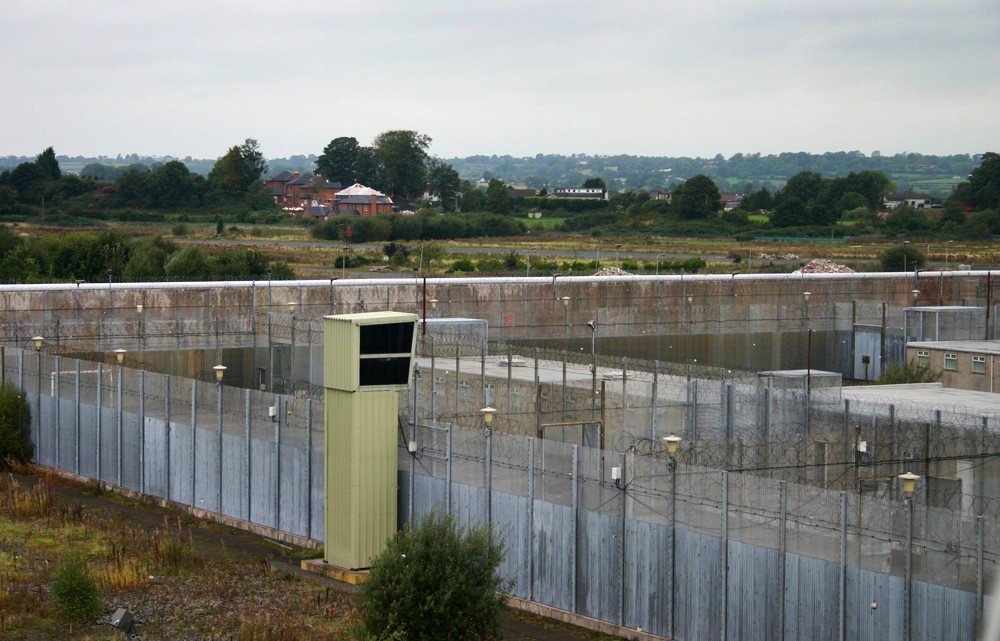




Leave a Reply